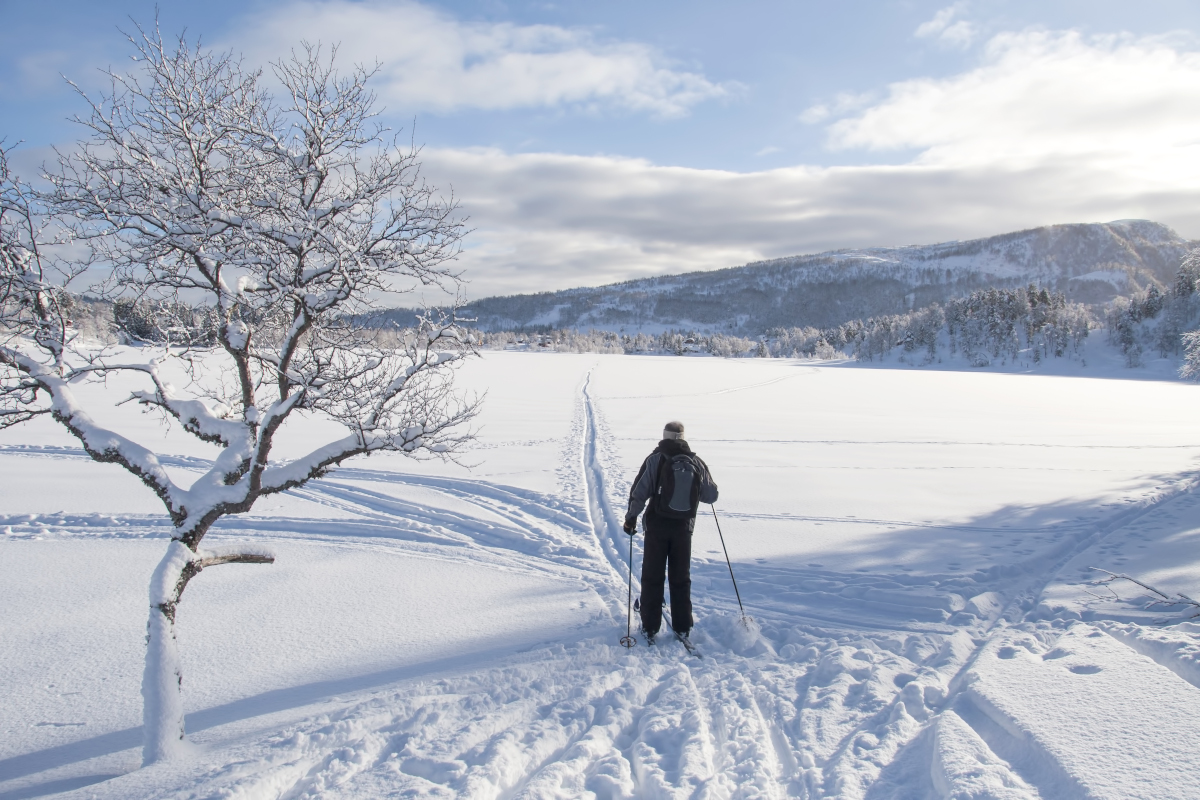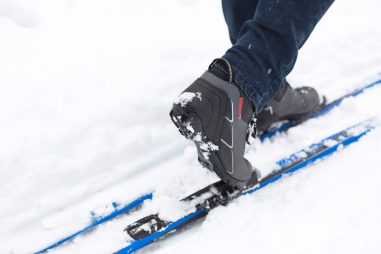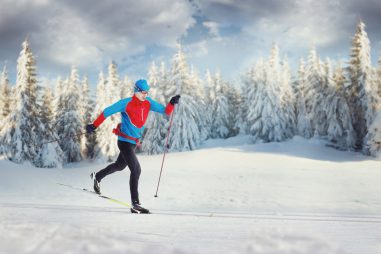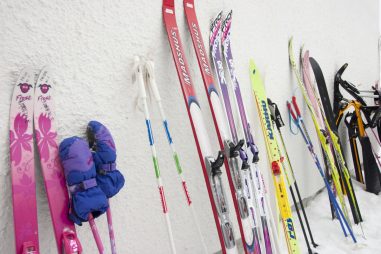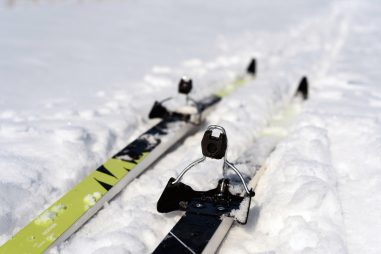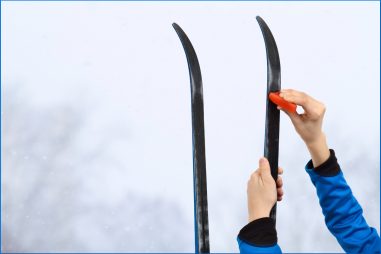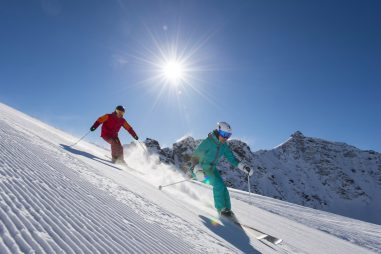Anyone can get into cross country skiing. That’s what anyone will tell you, both recreational and pros alike. And it’s true! As long as you’re in decent physical shape, you can enjoy cross country skiing.
But knowing more about the sport before getting into it can help you understand its rules, how it’s done, and how you can prepare yourself even before you put your skis on. After all, knowing is half the battle as they say.
What Are the Rules for Cross Country Skiing?
Like any sport, there are rules to be followed to ensure safety and fun for everyone skiing. Whether it’s on the ski park or backcountry terrain, cross country rules need to be followed. Here are a few rules for recreational cross country skiing:
- Signs and Travel Direction: All skiers using the trail must follow the directional signs, markings, and signposts.
- Lane Choice: You can ski on all tracks for double or multiple tracks.
- Overtaking: You can overtake on either side (left or right).
- Keep the Trail Clear: In case you need to stop, step out of the tracks to keep it clear.
There are other rules that you need to familiarize yourself with. So before you ride, make sure you know all of them.
Who Has the Right of Way Cross Country Skiing?
For oncoming traffic, each skier has to give way to the other skier by moving to their right. But for single downhill tracks, those going downhill have the right of way, and ascending skiers must let them pass first.
How Do You Cross Country Ski Uphill?
Going uphill is one of the most physically challenging aspects of cross country skiing. Once you’ve gotten the hang of skiing on flat terrain, you can move on to uphill skiing. There are 4 techniques that you can use:
- Diagonal Strides: Best for friendly slopes, you shorten your strides like you’re taking small but quick steps going uphill.
- Herringbone Stride: For steep hills, you first make a V shape with your skis with the back together and front apart. You then walk uphill with this angle while ensuring that you set the insides part of your skis hard into the snow.
- Side-Stepping: Your skis must face the hill sideways. Start climbing by taking sideward steps up the hill.
- Walk: If all else fails, you can remove your skis and walk with your ski boots.
Can You Ski Downhill on Cross Country Skis?
It’s possible to ski downhill on cross country skis. In fact, it may not be as physically exhausting as going uphill but it’s more challenging because it requires more balance, stability, and control. It’s easy to lose control because of the speed and the height you’re descending from, that’s why even experienced skiers sometimes opt to walk downhill if they’re not having a great day on the trails.
How Do You Go Down Hill on Cross Country Skis?
There are different techniques that you can use when skiing downhill. You use these techniques for slowing down or gaining more speed, depending on your objective. Professional cross country racers use more advanced techniques and unless you’re a pro, it’s best to stick with the techniques that fit your skill level.
And when skiing downhill, you don’t need your poles to give you more speed. Gravity will help you with that, a technique called gliding. This is one of the basic ways to ski downhill.
How Do You Slow Down Going Downhill on Cross Country Skis?
Decreasing your speed is critical when going downhill. This keeps you in control and prevents any accidents that can cause injuries or worse. You can use some of these braking techniques to slow down:
- Snowplow: This lets you slow down gradually by turning your skis inwards to let the tips meet, forming a tip of a triangle. The wider the tip’s angle, the more you slow down.
- Parallel skid: With this method, you turn your skis sideways, parallel with each other and the same edge side facing outwards. When you push down, you scrape on the snow to decrease your speed.
How to Stop When Cross Country Skiing?
Stopping in cross country skiing employs the same techniques that slow you down. These are critical techniques that every skier should learn. Once you’ve mastered slowing down and stopping, you’ll be able to maneuver more confidently on the trails.
How Do You Fall When Cross Country Skiing?
Falling is part of the sport. Beginners will experience this more often but even the pros fall from time to time. And there are different reasons for falling. It could be that you lost your balance, a slippery track, fatigue, poor body coordination, and more.
How to Get Up When Cross Country Skiing?
When you fall, the first thing you have to do is get out of the tracks as fast as you can. This prevents collisions that can lead to injuries.
The fastest way to get up is to use your arms instead of the pole. To do this, roll onto your back to untangle your skis and legs. Once you’re free, roll to your side and slowly get up to your hands and knees. You should be able to stand up slowly from there.
If you find your skis stuck in the snow, don’t panic! Take off your bindings so you can free yourself from the mess and you should be able to get up. Then quickly pull out your skis from the snow to prevent any collisions.

